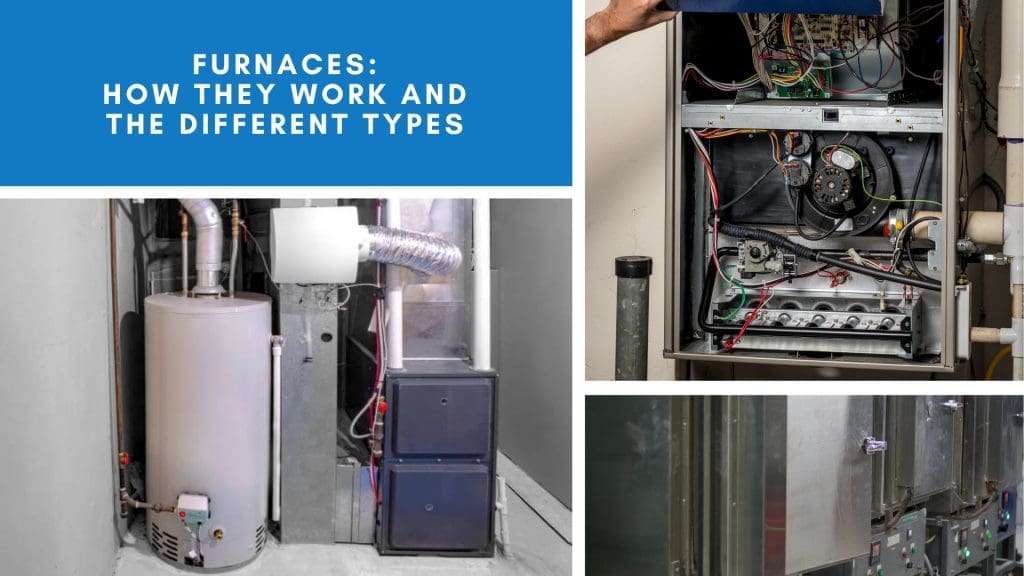Maintaining the perfect room temperature is essential for comfort and energy efficiency in any home. One of the key elements in achieving this balance is optimizing your AC vents. Whether you’re dealing with one vent blowing colder than another, or you want to set different temperatures for different rooms, understanding how to manage your AC vents can make all the difference. This comprehensive guide will walk you through everything you need to know about optimizing AC vents for ideal room temperature control.

Understanding AC Vents for Ideal Temperature Control
Air conditioning vents play a crucial role in distributing cool air throughout your home. They are the final stage in the HVAC system’s journey of cooling and dehumidifying air before it enters your living spaces. Properly functioning vents ensure that the air is evenly distributed, maintaining a consistent temperature across all rooms.
Each vent is designed to deliver a specific amount of air based on the size and layout of the room it serves. This means that if vents are not optimized, you could experience uneven cooling, with some rooms feeling significantly colder or warmer than others. Understanding the basics of how your AC vents work is the first step toward achieving perfect room temperature control.
Moreover, the condition and placement of your AC vents can significantly impact their efficiency. Dirty or blocked vents can restrict airflow, leading to uneven cooling and higher energy bills. Regular maintenance and strategic placement of vents are essential for optimal performance.
Key Factors in Optimizing Your AC Vents
Several factors influence the efficiency of your AC vents, including their size, number, and placement. The size of the vent should match the size of the room; larger rooms require larger or multiple vents to ensure adequate air distribution.
The number of vents in a room also matters. More vents can help distribute air more evenly, but too many vents can reduce the system’s overall efficiency. It’s crucial to strike a balance that suits the specific needs of each room.
Vent placement is another critical factor. Vents should ideally be placed in areas where they can distribute air evenly without being obstructed by furniture or other objects. Proper placement can help prevent issues like one vent blowing colder than another or insufficient airflow in certain areas.
How Vent Placement Affects Room Temperature
The placement of your AC vents can significantly impact the temperature and comfort levels in your home. Vents located near windows or exterior walls may struggle to maintain consistent temperatures due to heat exchange with the outside environment.
Placing vents in the center of the room or in areas where air can flow freely can help ensure more even temperature distribution. Avoid placing vents near large furniture pieces or other obstructions that can block airflow and create hot or cold spots.
Strategically placed vents can also help you achieve different temperatures in different rooms. For example, placing vents closer to the ceiling in rooms you want to keep cooler can help as cold air naturally sinks. Understanding how vent placement affects airflow and temperature can help you optimize your AC system for better performance.
Adjusting Vents for Even Air Distribution
Adjusting your AC vents can help achieve even air distribution throughout your home. Start by fully opening all vents to ensure maximum airflow. If you notice that some rooms are cooler than others, you can partially close the vents in those rooms to redirect more air to warmer areas.
Using vent deflectors can also help direct airflow where it’s needed most. These devices attach to your vents and allow you to control the direction of the air, helping to eliminate hot or cold spots in your home.
Regularly checking and adjusting your vents can help maintain consistent temperatures and improve the overall efficiency of your AC system. By making small adjustments, you can ensure that every room in your home is comfortable and properly cooled.
Solving the Issue of Uneven Air Flow in Vents
Uneven airflow in AC vents is a common issue that can lead to discomfort and higher energy bills. One of the first steps in solving this problem is to check for any blockages or obstructions in your vents. Dust, debris, and even small objects can restrict airflow and cause uneven cooling.
Another potential cause of uneven airflow is a poorly designed or installed ductwork system. If your ducts are too long, have too many bends, or are improperly sealed, they can reduce the efficiency of your AC system. In such cases, consulting a professional to inspect and possibly redesign your ductwork can be a worthwhile investment.
Balancing dampers, which are adjustable plates within the ductwork, can also help regulate airflow. By adjusting these dampers, you can control the amount of air that flows to different parts of your home, ensuring more even distribution and consistent temperatures.
Techniques for Customizing Room Temperatures
Customizing room temperatures can enhance comfort and energy efficiency in your home. One effective technique is using zoned HVAC systems, which allow you to set different temperatures for different areas or “zones” within your home. This is particularly useful if you want one room to have a different temperature from another.
Another technique is to use programmable thermostats. These devices let you set specific temperatures for different times of the day, ensuring that each room is at the ideal temperature when needed. For instance, you can program your bedroom to be cooler at night and warmer during the day.
Manual adjustments can also be effective. By partially closing vents in rooms that are already cool and fully opening vents in warmer rooms, you can achieve a more balanced temperature throughout your home. Combining these techniques can help you customize the temperature in each room to your liking.
Tools and Gadgets to Optimize AC Vent Performance
Several tools and gadgets can help optimize the performance of your AC vents. Vent deflectors, for instance, can help direct airflow more precisely, ensuring that cool air reaches all parts of a room. These are especially useful in rooms with uneven cooling.
Smart vents are another innovative solution. These vents can be controlled via a smartphone app, allowing you to adjust airflow and temperature settings remotely. Some smart vents even come with sensors that monitor room temperature and automatically adjust airflow for optimal comfort.
Airflow meters can help you measure the amount of air coming from each vent, making it easier to identify and address issues with uneven airflow. By using these tools and gadgets, you can enhance the efficiency and performance of your AC system.
Common AC Vent Problems and Their Solutions
Common problems with AC vents include blockages, uneven airflow, and noisy operation. Blockages can often be resolved by cleaning the vents and removing any obstructions. Regular maintenance is key to preventing these issues from recurring.
Uneven airflow can be addressed by adjusting the vents, using deflectors, or consulting a professional to inspect your ductwork. In some cases, installing additional vents or upgrading your HVAC system may be necessary to achieve even cooling.
Noisy vents can be a sign of underlying issues such as loose components or high air pressure. Ensuring that your vents are securely attached and that your ductwork is properly sealed can help reduce noise. If the problem persists, it may be worth consulting a professional for a thorough inspection.
The Role of Insulation in Temperature Control
Insulation plays a vital role in maintaining consistent temperatures and improving the efficiency of your AC system. Proper insulation helps keep cool air inside your home and prevents warm air from entering, reducing the workload on your AC system.
Insulating your ductwork can also help improve airflow and temperature control. Uninsulated ducts can lose a significant amount of cool air before it reaches your vents, leading to uneven cooling and higher energy bills. Adding insulation to your ducts can help maintain the desired temperature throughout your home.
Additionally, sealing gaps and cracks around windows, doors, and walls can prevent cool air from escaping and warm air from entering. By improving the insulation in your home, you can enhance the performance of your AC system and achieve more consistent temperatures.
Expert Tips for Perfect Room Temperature Management
Achieving perfect room temperature management requires a combination of proper vent optimization, regular maintenance, and smart technology. Experts recommend regularly cleaning your vents and filters to ensure optimal airflow and prevent blockages.
Using programmable thermostats and smart vents can help you customize temperatures and improve energy efficiency. These devices allow you to set specific temperatures for different times of the day and adjust airflow remotely, ensuring that each room is always at the ideal temperature.
Finally, consulting a professional for regular inspections and maintenance can help identify and address any issues with your HVAC system. By following these expert tips, you can achieve perfect room temperature management and enjoy a comfortable, energy-efficient home.
Optimizing your AC vents is a crucial step toward achieving perfect room temperature control. By understanding how your vents work and implementing strategies for even air distribution, you can enhance the comfort and efficiency of your home. Whether you’re dealing with uneven airflow or looking to customize temperatures in different rooms, the tips and techniques outlined in this guide can help you achieve your goals. Remember, a well-maintained and optimized AC system not only improves comfort but also reduces energy costs, making it a worthwhile investment for any homeowner.


